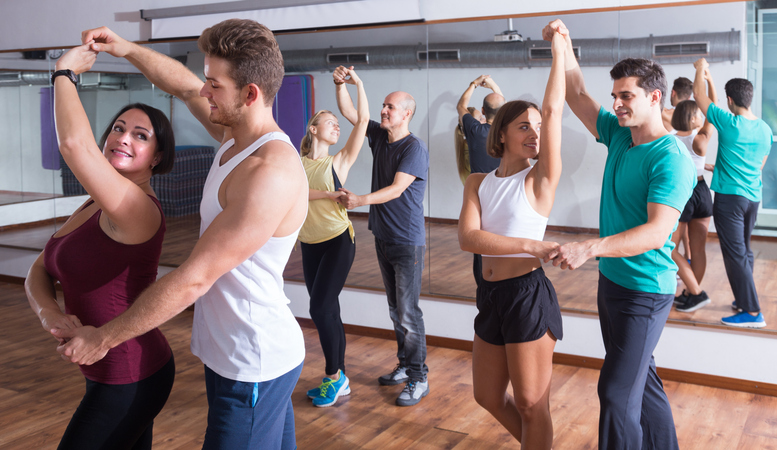Social dance classes have become exponentially popular since I was at Stanford, with classes filling through online registration in less than a minute. Lecturer Richard Powers, who launched the program in 1992, estimates that 15,000 Stanford students have taken his classes over the last 27 years.

Students interviewed for the May article in the Stanford Alumni magazine cite many “take aways” from learning ballroom dance that translate to other areas of life. For example, one mechanical engineering student found that dancing was a way to empty his mind and be with his partner, equating the experience to meditation – only better!
Another beginning dancer cited the infectious and vibrant atmosphere of the classes as a big attraction. He learned to feel OK with making mistakes and adapting in the moment. Yet another dancer emphasized the skill developed by learning to “remake” a connection with every new partner. He found tuning in kinesthetically helped him understand not only how his partners move but also how they think.
This is in part because instructor Powers teaches the basic steps, then encourages improvisation, personal interpretation, and responding to your partner. In addition, everyone learns both the leading and following roles in a gender-neutral fashion, side-stepping what could be raised as objections to ballroom dance conventions.
